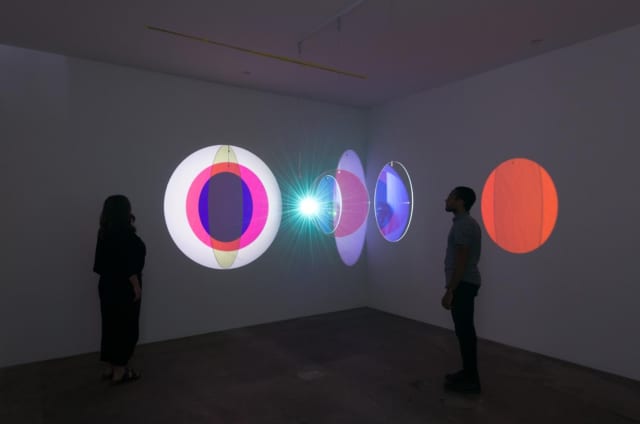
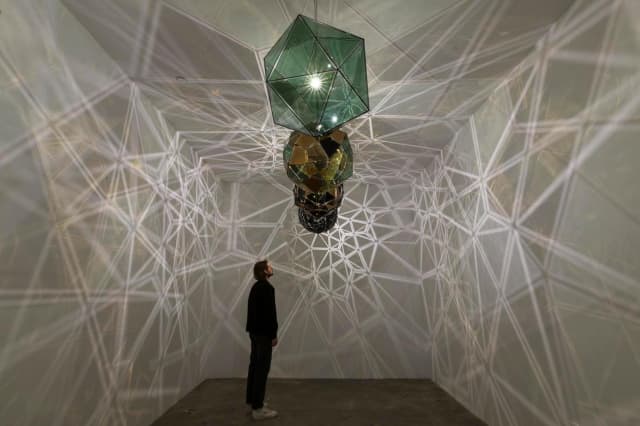
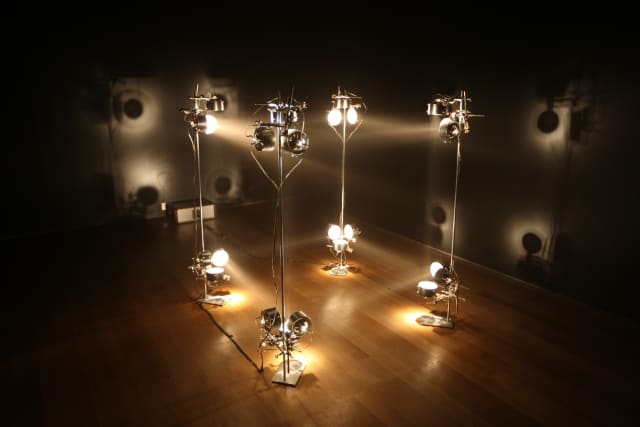
1m3 light, 1999. How does one visualise the ephemeral? How does one measure the non-visible? My son recently asked me whether he had saved much CO2 from being emitted into the air by using the Little Sun solar lamp I designed. He also wanted to know why, if a tonne of CO2 weighs so much, it does not drop to the ground. And where is it? To him, a tonne is heavy and physical and not an intangible mass distributed in the atmosphere. His questions made me realise how little I myself know about CO2. When I was my son’s age, back in the late seventies, there was no discussion of climate change. Nature was where I spent my summers, in a tent in the Icelandic highlands, a stark contrast to the Copenhagen I lived in. These natural and manmade realms could not be more separate. But today, there is no nature outside of human activity. Our survival and future depend on understanding the effects of CO2 consumption and acting on that understanding.
But what do we understand? What, for instance, is a tonne of CO2? Is it hot or cold, wet or dry? Perhaps it would help to know that one tonne of CO2 could be imagined as a cube the size of a three-storey house, or that, when frozen, it would form a block of dry ice about 0.67 cubic meters in size. But what does that actually tell me if I do not know how much CO2 I produce in a year or on an average day? What does it tell me if I do not sense my interrelationship with planet Earth?
We need science to tell us that the weight of CO2 is based on the atomic mass of the molecules. A scientist can tell me that a tonne of CO2 is equal to the energy expenditure of a house for about a month, a small car driven for two days non-stop, or a 747 flying for less than two minutes; and that because of the greenhouse effect, excessive amounts of CO2 in the atmosphere lead to global warming.
But, for many people, science alone is not enough to compel action. It struck me, when I was looking up this data, that it was familiar, that I had seen it more than once in the media, and I somehow knew most of it. So I asked myself why does knowing not translate into doing when so much is at stake?

https://www.youtube.com/watch?v=0uliC4S--IQ
Rainbow, a digital artwork, is now available on the Acute Art App
SOE KITCHEN 101, Reykjavik. Feature produced by Deutsche Welle/Kirsten Schumann
At the recent Pathway to Paris in San Francisco, Olafur capped off the Global Climate Action Summit by leading the audience in creating a Little Sunrise using 2,400 Little Sun solar lamps. After the performance, the lamps were sent, with the help of the Upaya Zen Center and Everest Awakening, to communities living in high-altitude, remote areas of Nepal without access to electricity. Founded by Rebecca Foon and Jesse Paris Smith, and organised in partnership with 350.org and the United Nations Development Programme, Pathway to Paris brings together musicians, artists, activists, academics, mayors, and innovators to help raise consciousness of the urgency of climate action and of solutions for turning the Paris Agreement into action.
Send a Little Sun lamp to someone in urgent need of energy: littlesunfoundation.org/donate
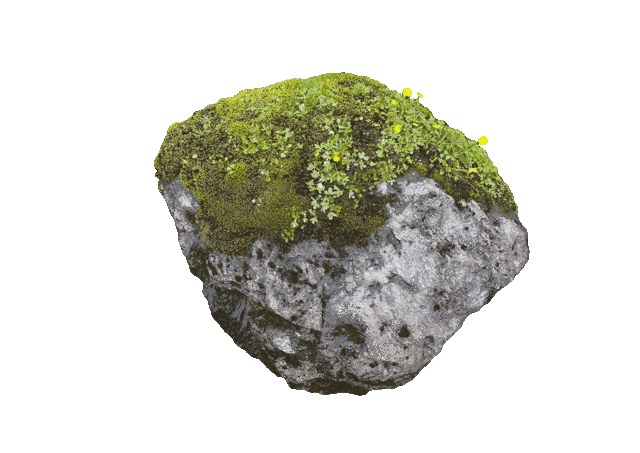
Herb picking workshop with Björk Bjarnadottir, SOE KITCHEN 101, Reykjavik. Check out the event programme here
Video by Timothee Lambrecq
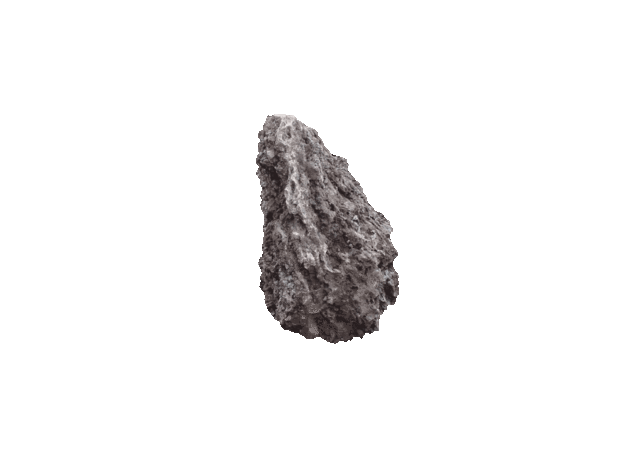
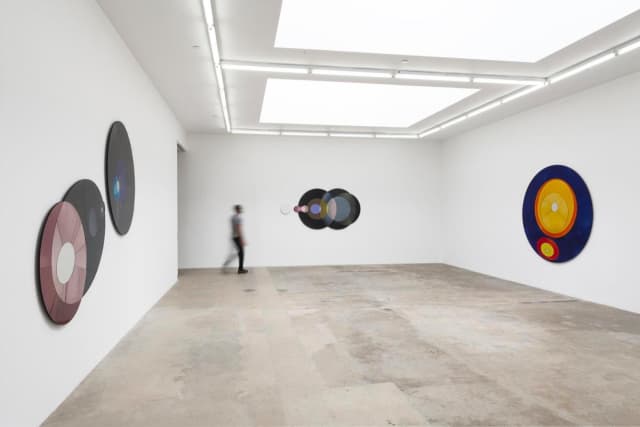
The speed of your attention, Tanya Bondakdar Gallery, Los Angeles
Photos by Jeff McLane
I’m extremely excited to share with you the new design of SOE.TV. Conceived with my studio team, this platform is a transmitter of concrete and abstract ideas, of topics that are relevant to my artistic practice and to issues central to the work of Studio Olafur Eliasson. SOE.TV is starting out locally, focusing on what I know well, but in the near future I hope that it will outgrow me, becoming a go-to platform that intertlaces culture and society. I’m positive that this clear, bold site, designed and developed by Alan Woo, will speak to art world and non–art audiences alike
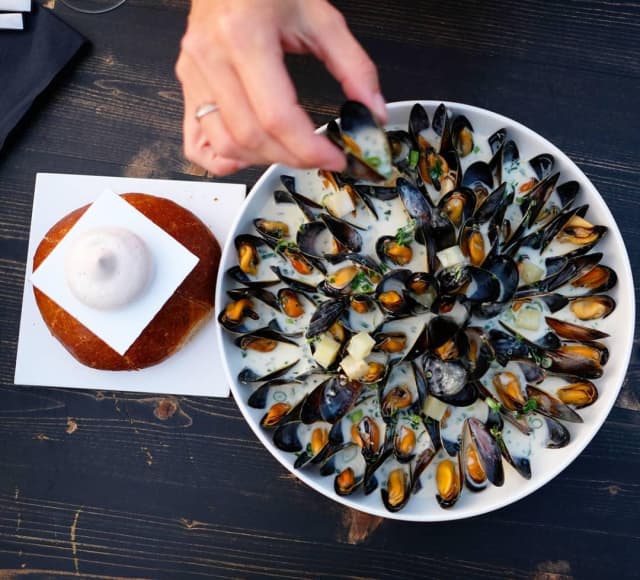
Kødbyens Fiskebar from Copenhagen will be guests at SOE KITCHEN 101 this Friday, Saturday, and Sunday. Restauranteur Anders Selmer along with head chef Jamie Lee and chefs Victor Villatte and Søren Sørensen will be bringing some of Copenhagen’s vibrant culinary spirit to Marshall House, sharing their love for fresh fish and creating a special dinner menu for dinner guests on three evenings. Having been sommelier and restaurant manager at Noma for many years, Anders pioneered in Copenhagen’s meatpacking district by opening one of the first restaurants there in 2009. Dinner reservations are encouraged, but walk-ins are also welcome. To make a reservation email info@marshallrestaurant.is
The kind host, 2018 - part of The speed of your attention, opening tomorrow at Tanya Bondakdar's new gallery space in Los Angeles

Tonight: Join us on the Pathway To Paris in San Francisco. You can also follow a live-stream of Olafur's performance via Instagram
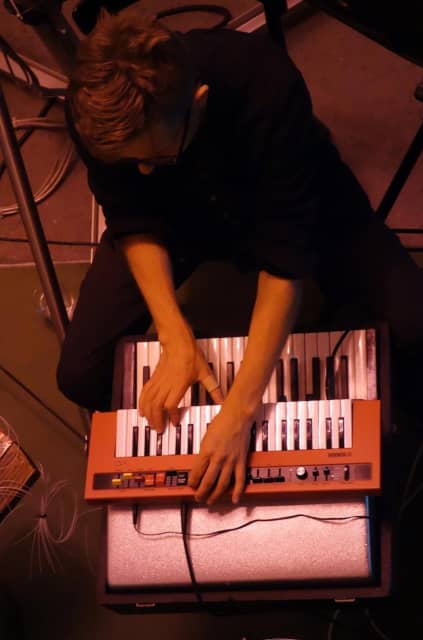
Every Thursday is Music For Diners night at SOE KITCHEN 101 - Tonight's line-up consists of musicians Ólöf Arnalds, Skúli Sverrisson, and Arnljótur Sigurðsson. See full event programme here: SOE KITCHEN 101
Addis Ababa, Ethiopia - visiting people who use their Little Sun on a daily basis instead of expensive and unhealthy kerosene. Get your own hand held solar power station here: www.littlesun.com

Why art has the power to change to world. Read full statement via Instagram
One of the great challenges today is that we often feel untouched by the problems of others and by global issues like climate change, even when we could easily do something to help. We do not feel strongly enough that we are part of a global community, part of a larger we. Giving people access to data most often leaves them feeling overwhelmed and disconnected, not empowered and poised for action. This is where art can make a difference. Art does not show people what to do, yet engaging with a good work of art can connect you to your senses, body, and mind. It can make the world felt. And this felt feeling may spur thinking, engagement, and even action.
As an artist I have travelled to many countries around the world over the past 20 years. On one day I may stand in front of an audience of global leaders or exchange thoughts with a foreign minister and discuss the construction of an artwork or exhibition with local craftsmen the next. Working as an artist has brought me into contact with a wealth of outlooks on the world and introduced me to a vast range of truly differing perceptions, felt ideas, and knowledge. Being able to take part in these local and global exchanges has profoundly affected the artworks that I make, driving me to create art that I hope touches people everywhere.
Most of us know the feeling of being moved by a work of art, whether it is a song, a play, a poem, a novel, a painting, or a spatio-temporal experiment. When we are touched, we are moved; we are transported to a new place that is, nevertheless, strongly rooted in a physical experience, in our bodies. We become aware of a feeling that may not be unfamiliar to us but which we did not actively focus on before. This transformative experience is what art is constantly seeking.
I believe that one of the major responsibilities of artists – and the idea that artists have responsibilities may come as a surprise to some – is to help people not only get to know and understand something with their minds but also to feel it emotionally and physically. By doing this, art can mitigate the numbing effect created by the glut of information we are faced with today, and motivate people to turn thinking into doing.
Engaging with art is not simply a solitary event. The arts and culture represent one of the few areas in our society where people can come together to share an experience even if they see the world in radically different ways. The important thing is not that we agree about the experience that we share, but that we consider it worthwhile sharing an experience at all. In art and other forms of cultural expression, disagreement is accepted and embraced as an essential ingredient. In this sense, the community created by arts and culture is potentially a great source of inspiration for politicians and activists who work to transcend the polarising populism and stigmatisation of other people, positions, and worldviews that is sadly so endemic in public discourse today.
Art also encourages us to cherish intuition, uncertainty, and creativity and to search constantly for new ideas; artists aim to break rules and find unorthodox ways of approaching contemporary issues. My friend Ai Weiwei, for example, the great Chinese artist, is currently making a temporary studio on the island of Lesbos to draw attention to the plight of the millions of migrants trying to enter Europe right now and also to create a point of contact that takes us beyond an us-and-them mentality to a broader idea of what constitutes we. This is one way that art can engage with the world to change the world.
Little Sun, a solar energy project and social business that I set up in 2012 with engineer Frederik Ottesen, is another example of what I believe art can do. Light is so incredibly important to me, and many of my works use light as their primary material. The immaterial qualities of light shape life. Light is life. This is why we started Little Sun.
On a practical level, we work to promote solar energy for all – Little Sun responds to the need to develop sustainable, renewable energy by producing and distributing affordable solar-powered lamps and mobile chargers, focusing especially on reaching regions of the world that do not have consistent access to an electrical grid. At the same time, Little Sun is also about making people feel connected to the lives of others in places that are far away geographically. For those who pick up a Little Sun solar lamp, hold it in their hands, and use it to light their evening, the lamp communicates a feeling of having resources and of being powerful. With Little Sun you tap into the energy of the sun to power up with solar energy. It takes something that belongs to all of us – the sun – and makes it available to each of us. This feeling of having personal power is something we can all identify with. Little Sun creates a community based around this feeling that spans the globe.
I am convinced that by bringing us together to share and discuss, a work of art can make us more tolerant of difference and of one another. The encounter with art – and with others over art – can help us identify with one another, expand our notions of we, and show us that individual engagement in the world has actual consequences. That’s why I hope that in the future, art will be invited to take part in discussions of social, political, and ecological issues even more than it is currently and that artists will be included when leaders at all levels, from the local to the global, consider solutions to the challenges that face us in the world today.

Weather the weather, Ordrupgaard, Denmark. Photo: Maria Sattrup. via Instagram
We're very excited to share our radically re-designed video platform: SOE.TV – created by designer and developer Alan Woo in collaboration with the studio. Reaching out to a global audience, SOE.TV offers glimpses into the experiment-based, research-driven work at the studio and the activities of SOE Kitchen, as well as documentation of Eliasson’s artworks, architectural projects, and exhibitions. SOE.TV also includes rich archival footage from workshops, events, and symposia hosted by the studio and IFREX, the Institut für Raumexperimente (Institute for Spatial Experiments). As the platform grows, it will expand to host films by a range of artists, thinkers, filmmakers, researchers, and more.

Happy Ethiopian New Year! We are celebrating with these lovely memories from this year’s poetry jazz collaboration. Read World Literature Today and find more contributions and poems.
Poetry Jazz: Wax and Gold is an experimental get-together of acclaimed poets and musicians, joining in an exercise of styles and improvisation. They engage in investigations of geographical places that are based on a plethora of acoustic sources, ranging from traditional flute playing to the latest urban field recordings. Continual shifts in languages, reiteration, fragmentation, translations, and re-translations, as well as changes in metres and rhythms, create awareness of the subtle divergences of meaning that can be attributed to social and cultural influences, while exploring the gains and losses of such unspoken and outspoken interactions – find out more here: Institut for Spatial Experiments
On the occasion of the Global Climate Action Summit taking place in San Francisco from Wednesday - Little Sun friends and partners Rebecca Foon and Jessie Paris Smith are hosting another Pathway To Paris concert, and Olafur and Little Sun will be there alongside a great line up of musicians and activists

Spencer Tunick's Bodø Bodyscape installation, with Little Sun Diamonds, part of Bodø Biennale, Norway
How to build a sphere out of cubes, 2018, Texas A&M University.
How can we push our governments to take real climate action?
Video by Anttii Lipponen